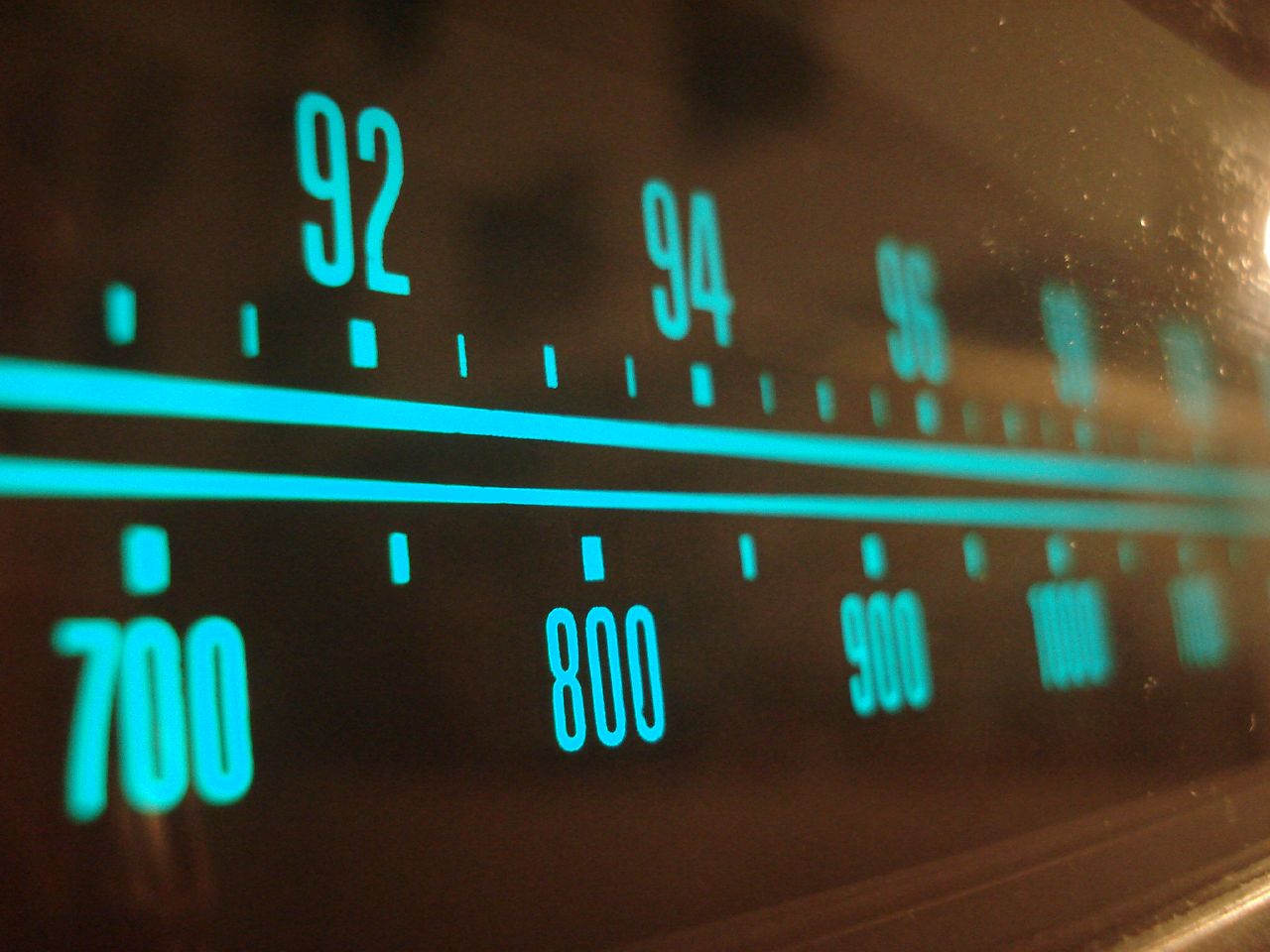How AI helped the FCC auction off $19-billion worth of radio spectrum
June 26, 2017

June 26, 2017

Mobile phone carriers scooped up airwaves no longer needed by television broadcasters last March in a $19-billion auction designed by UBC and Stanford University researchers. While airwave auctions are nothing new, this one was so complex and involved so many moving parts that computer science was used to solve the problem. A paper published today in PNAS outlines the complexity of the problem and explains how the economists and computer scientists worked together to design the solution.
“Auctions work when we don’t know what things are worth,” said Kevin Leyton-Brown, a UBC computer science professor. “In this case, we were asking television stations to decide how much it was worth for them to stop broadcasting.”
As television audiences have declined in recent years, many broadcasters have been left with underused or unused channels. Meanwhile, mobile providers are hungry for more bandwidth due to skyrocketing mobile phone use, especially for data-heavy activities like video streaming. When there is too much demand for data, users experience dropped calls or don’t get enough bars to download and stream content on their phones.
Physical limitations mean there is only so much bandwidth available on the radio spectrum to carry radio, television and Internet signals across the air. Past radio spectrum auctions were not limited by the amount of airwave space and this was the first time that the U.S. Federal Communications Commission (FCC) asked television stations to auction off their unneeded airwaves directly to mobile providers.
The auction repurposed 84 megahertz of spectrum. Broadcasters made $10 billion and after covering costs, the government’s $7-billion earnings was put toward the national debt as was required by legislation.
The success of the auction is the result of a clever reverse auction solution where the price wasn’t set by the highest bidders but by how low broadcasters were willing to go to turn over their airwaves. This solution was developed and designed by the team of computer scientists and economists.
This meant that in densely populated regions, like New York and Los Angeles, broadcasters made more money for their sales. Meanwhile, broadcasters in other regions like the Midwest were paid less for their spectrum.
“The auction paid billions of dollars to television stations to stop being broadcasters which is good for struggling stations that had no other way to sell broadcast rights,” said Leyton-Brown. “People will be happier with faster phones and the government achieved its goal to make better use of the spectrum, which strengthens the economy and widens the tax base."
Remarkably the system also factored in a number of other considerations at the same time such as the number of trades happening at once and property rights. For example, some broadcasters were willing to sell channels in a number of different places around the U.S. provided certain conditions were met in each of those different regions.
The auction system may come in useful as countries prepare to sell bandwidth for the future 5G mobile network. Leyton-Brown says the design could be used as a template for other similar auctions even on a much smaller and simpler scale. For example, some conservation groups will pay farmers along a migration routes to delay harvesting their crops to give birds a place to stop.
The auction is also an example of how computer science and artificial intelligence are now necessary to handle the day-to-day processes and demands of our world. In the past, with less complex products to sell, governments and economists could have made an auction work on their own.
“When economic designs get complicated enough, it becomes a computer science problem,” said Leyton-Brown. “This is a relatively new phenomenon.”
We honour xwməθkwəy̓ əm (Musqueam) on whose ancestral, unceded territory UBC Vancouver is situated. UBC Science is committed to building meaningful relationships with Indigenous peoples so we can advance Reconciliation and ensure traditional ways of knowing enrich our teaching and research.
Learn more: Musqueam First Nation